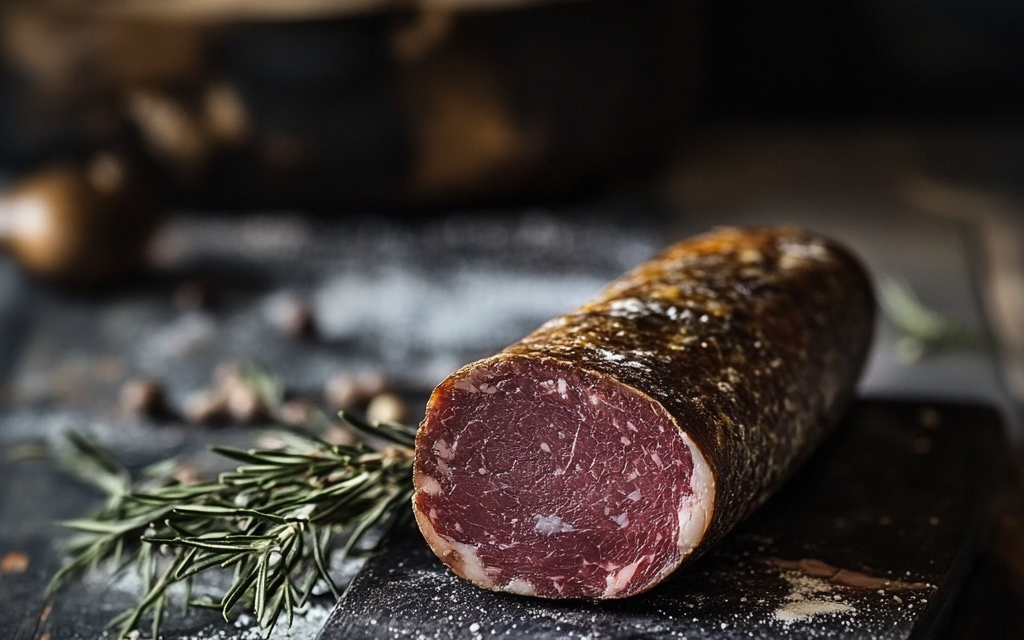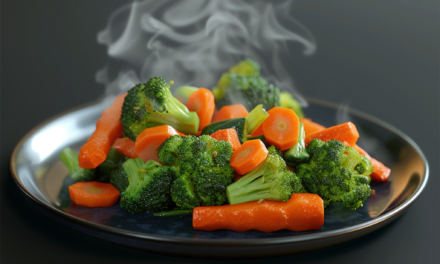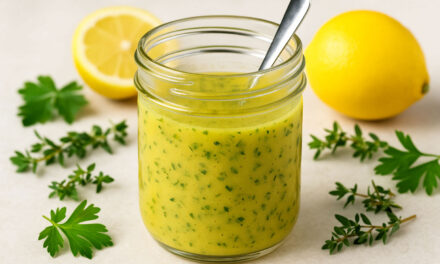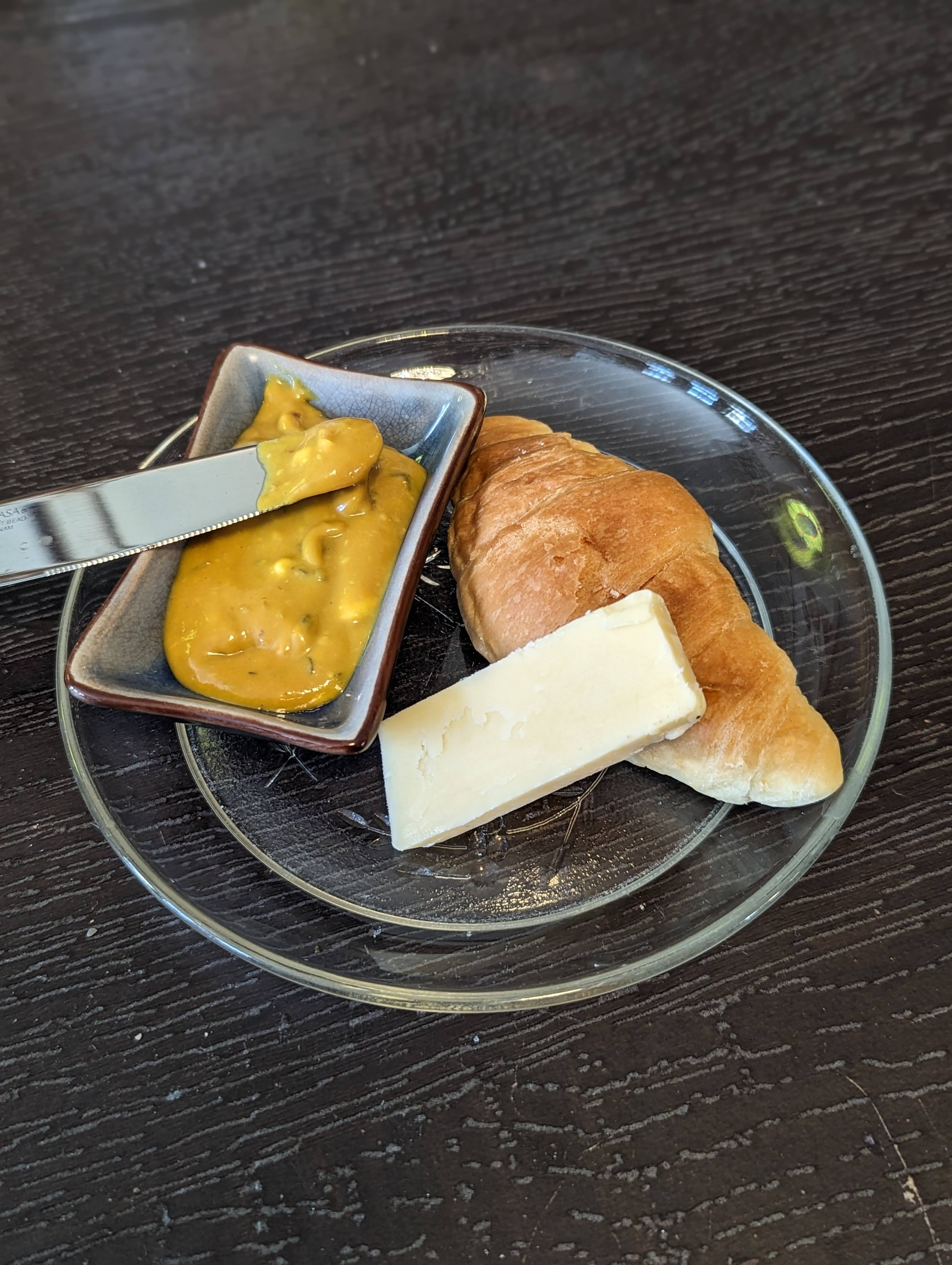Curing is an ancient culinary technique used to preserve and enhance the flavor of various foods, particularly meats and fish. This method relies on the use of salt, sugar, and sometimes nitrates or nitrites to draw moisture out of the food, creating an environment less conducive to bacterial growth. Curing not only extends the shelf life of food but also develops unique flavors and textures that are highly prized in many culinary traditions.
How Curing Works:
- Salting: The most common method of curing involves applying a generous amount of salt directly to the food. The salt draws out moisture through osmosis, which helps to inhibit spoilage. It also penetrates the food, intensifying flavors.
- Dry Curing: In dry curing, the food is coated in a mixture of salt and other ingredients (such as sugar and spices) and left to cure in a cool environment. This method is often used for making products like prosciutto and salami.
- Wet Curing: Also known as brining, this method involves submerging the food in a solution of saltwater, sometimes with added flavorings like herbs and spices. Wet curing is commonly used for ham and pickles.
- Air Drying: After curing, many foods are air-dried to further concentrate flavors and develop texture. This step is crucial for products like cured fish or meats.
Why Curing is Important:
- Flavor Development: Curing enhances the natural flavors of the food, often adding complexity through the use of spices and herbs.
- Preservation: Curing extends the shelf life of food by reducing moisture and inhibiting the growth of harmful bacteria.
- Culinary Tradition: Curing is a cornerstone of many global cuisines, contributing to beloved foods like smoked salmon, bacon, and various cured meats.
By mastering the art of curing, Bedford home cooks can explore a world of flavors and preservation techniques, creating delicious and unique culinary experiences. Whether you’re making homemade bacon or trying your hand at pickling, curing offers endless possibilities for enhancing your cooking.






